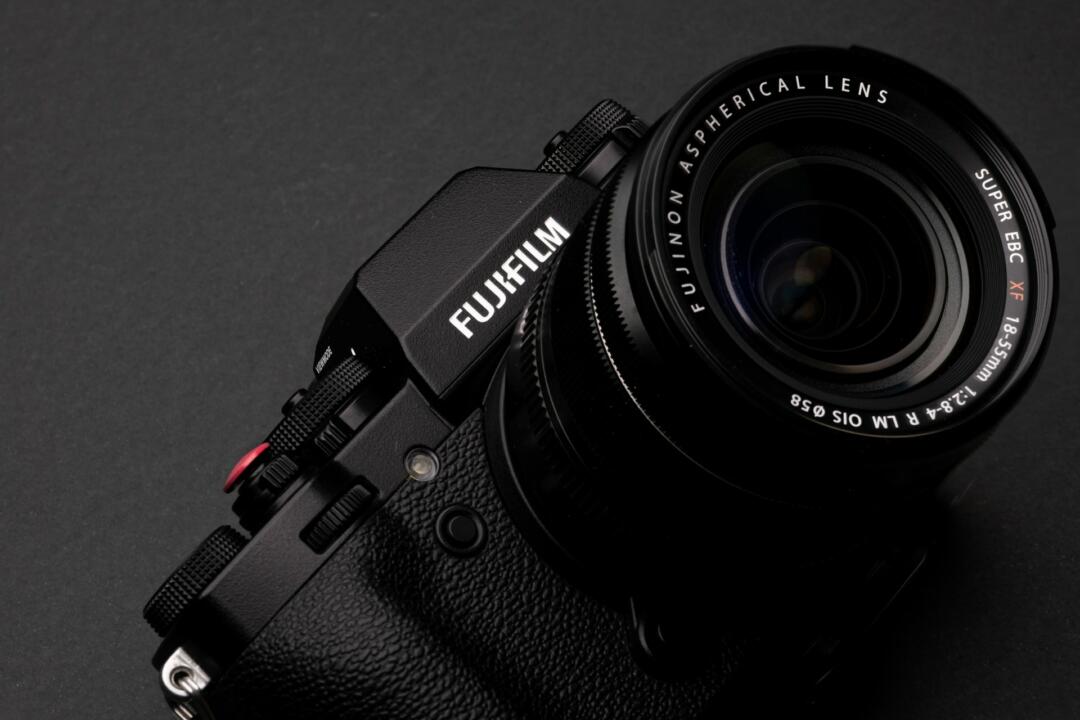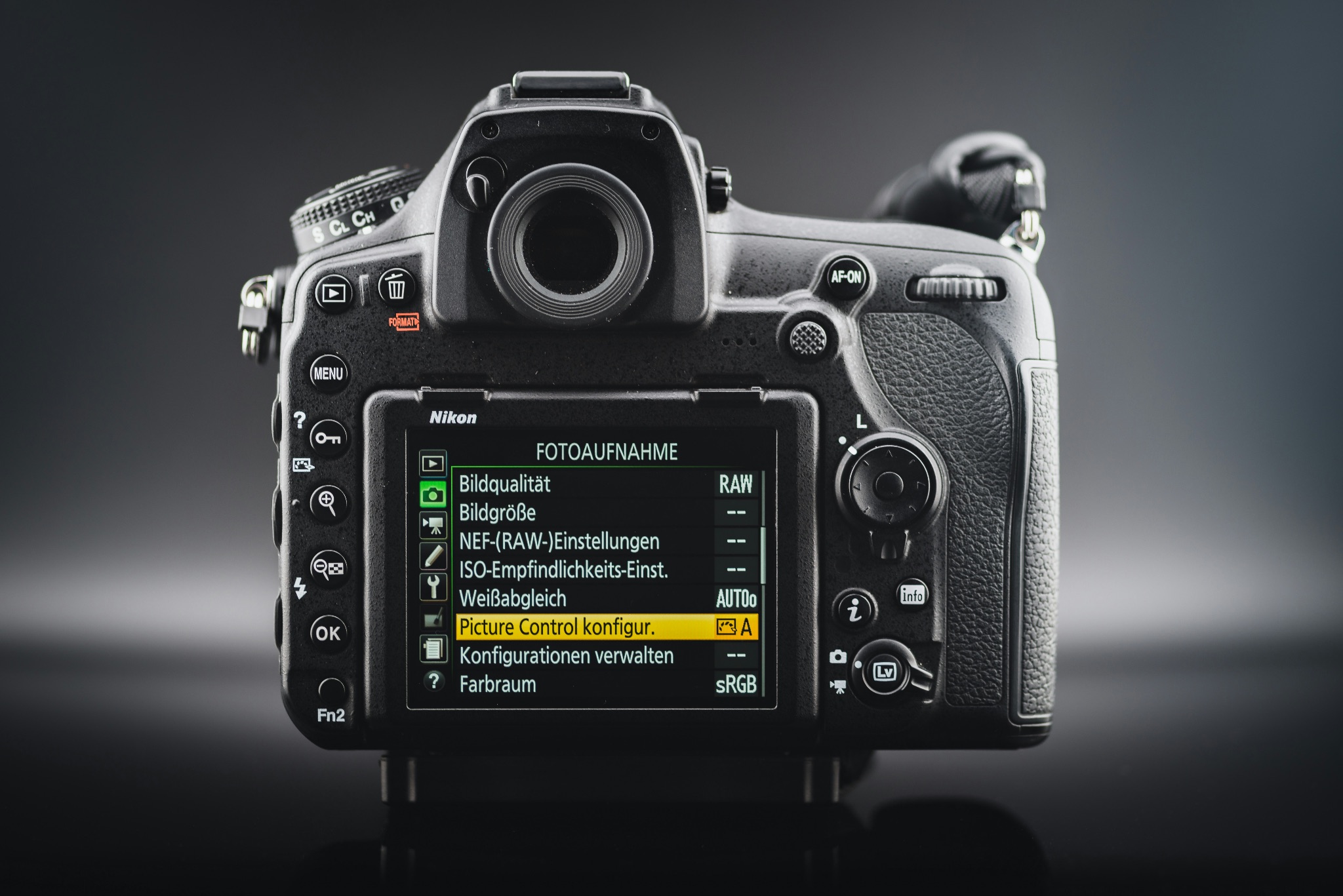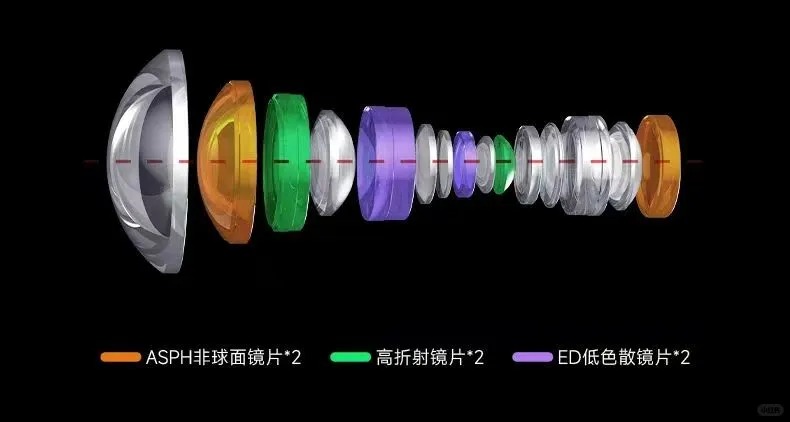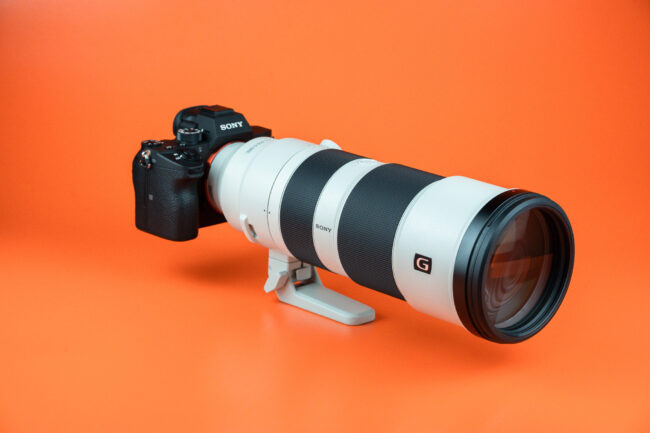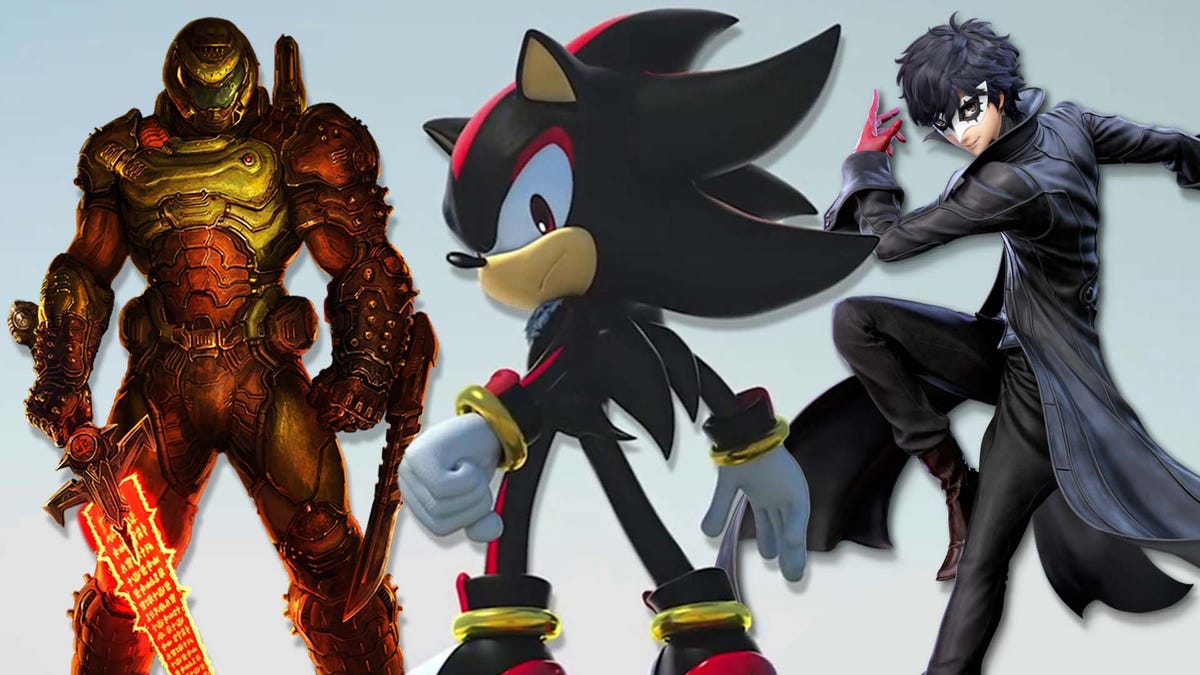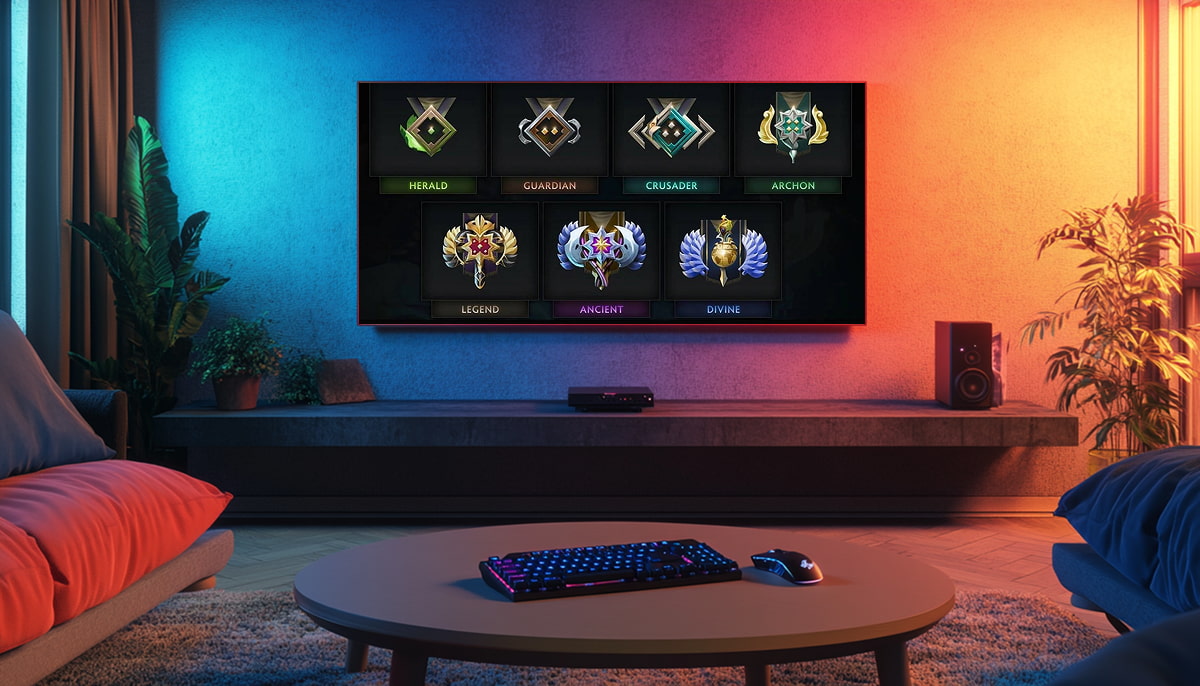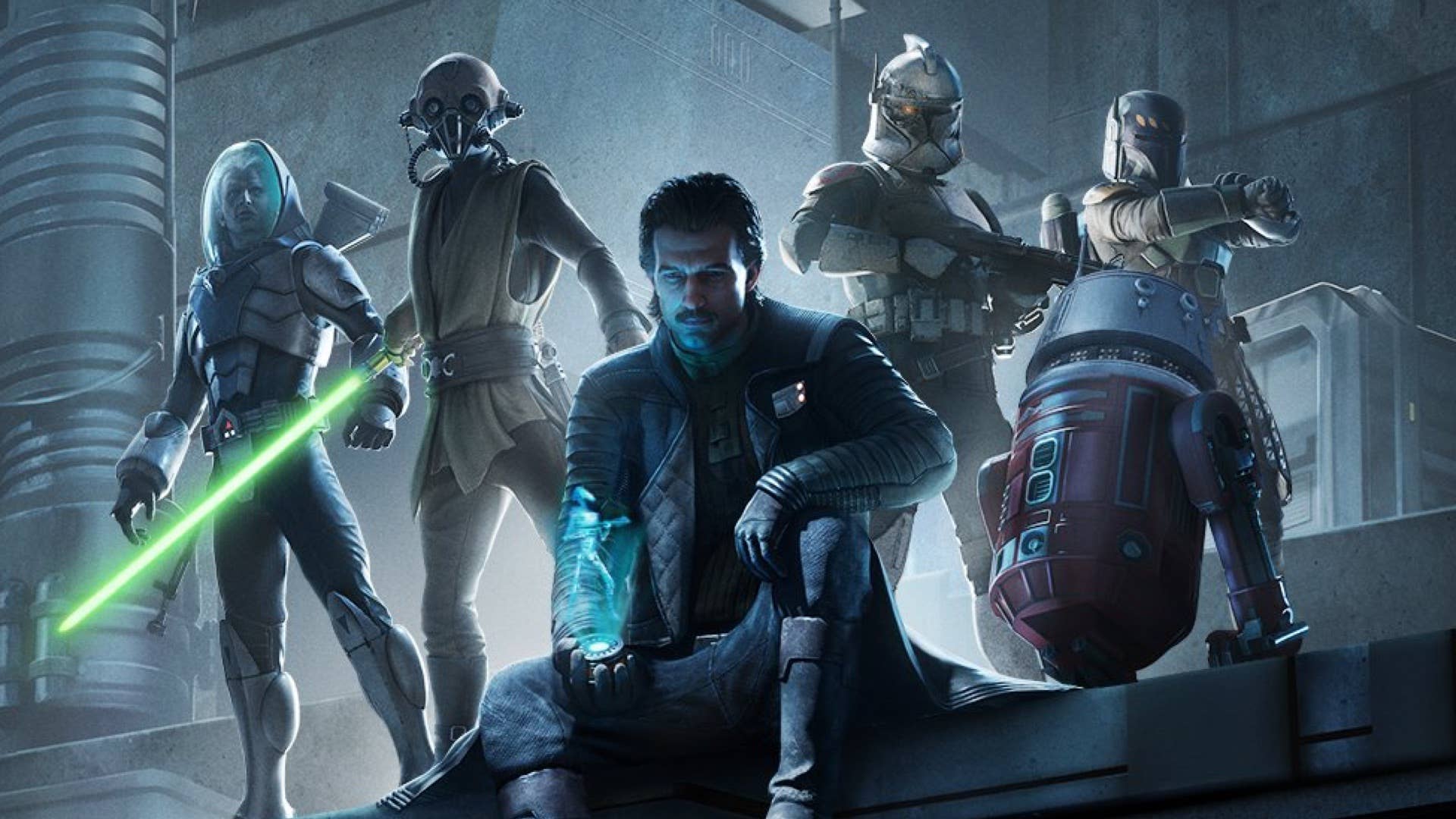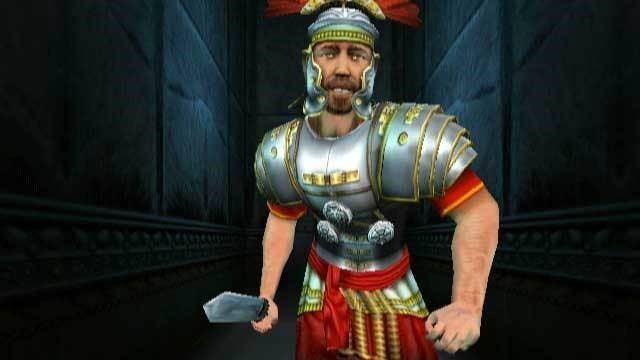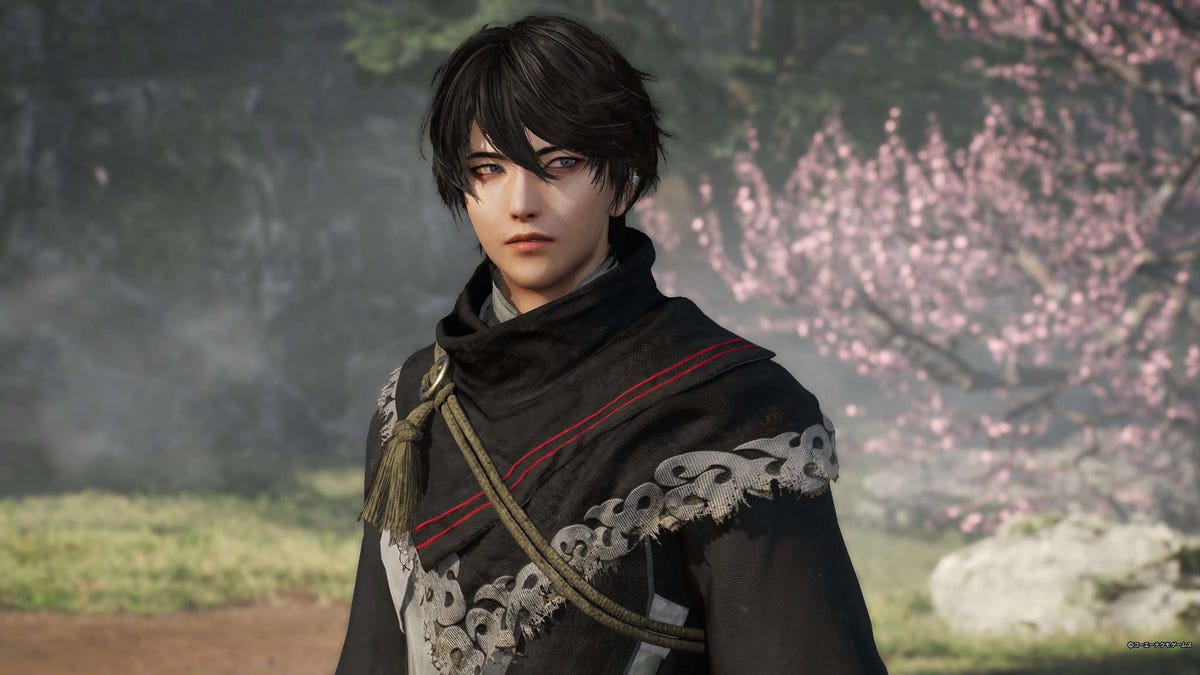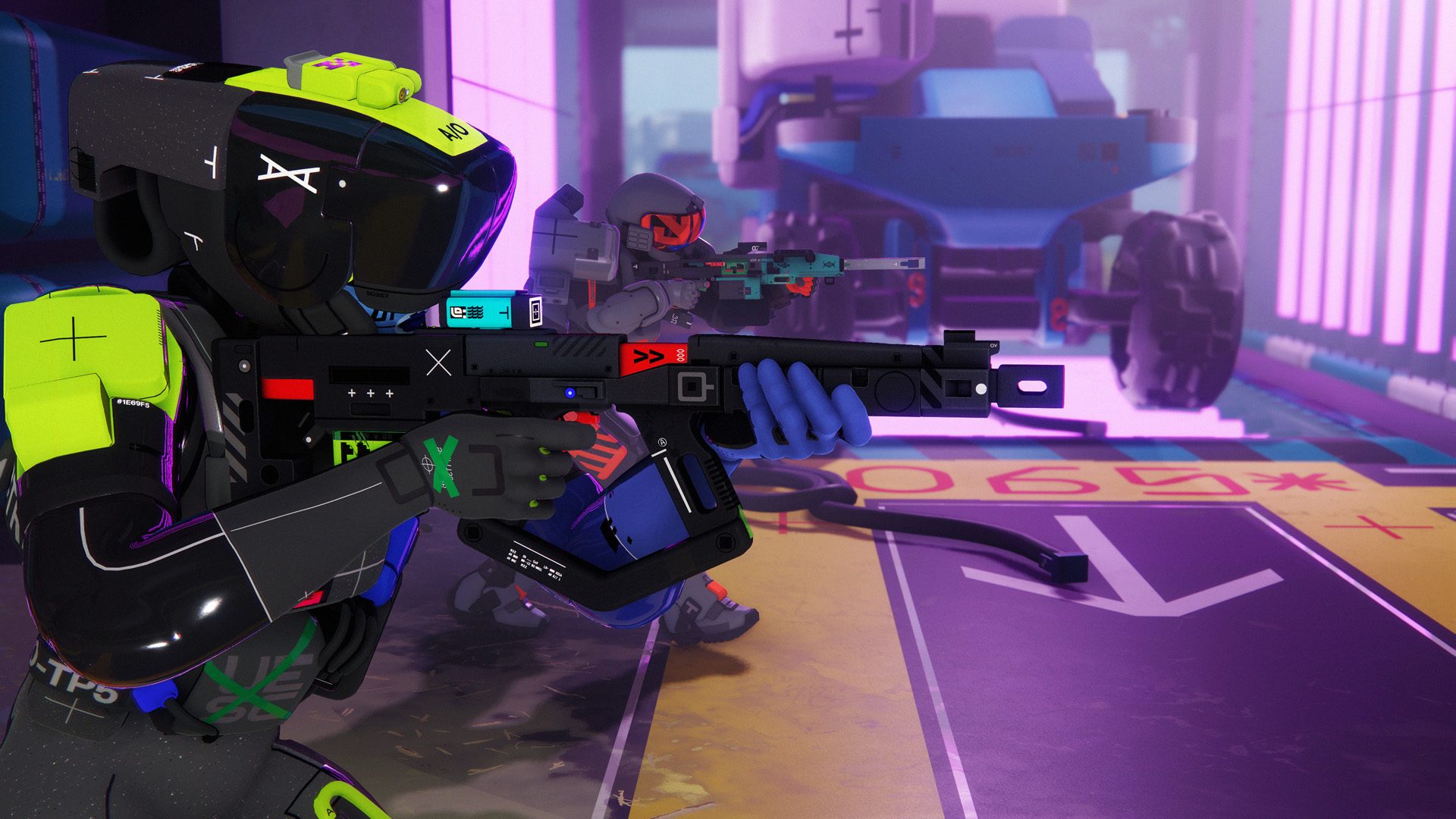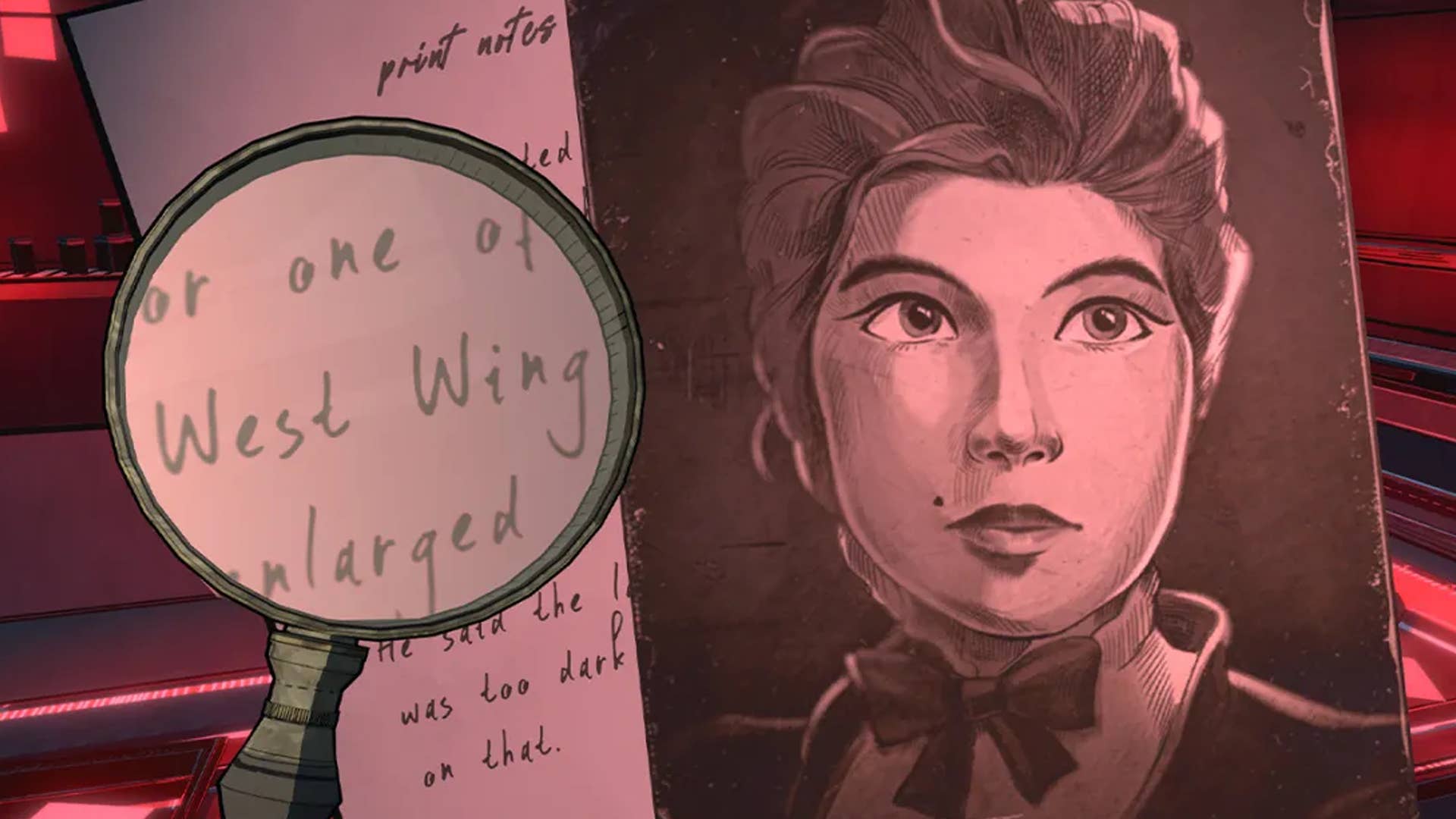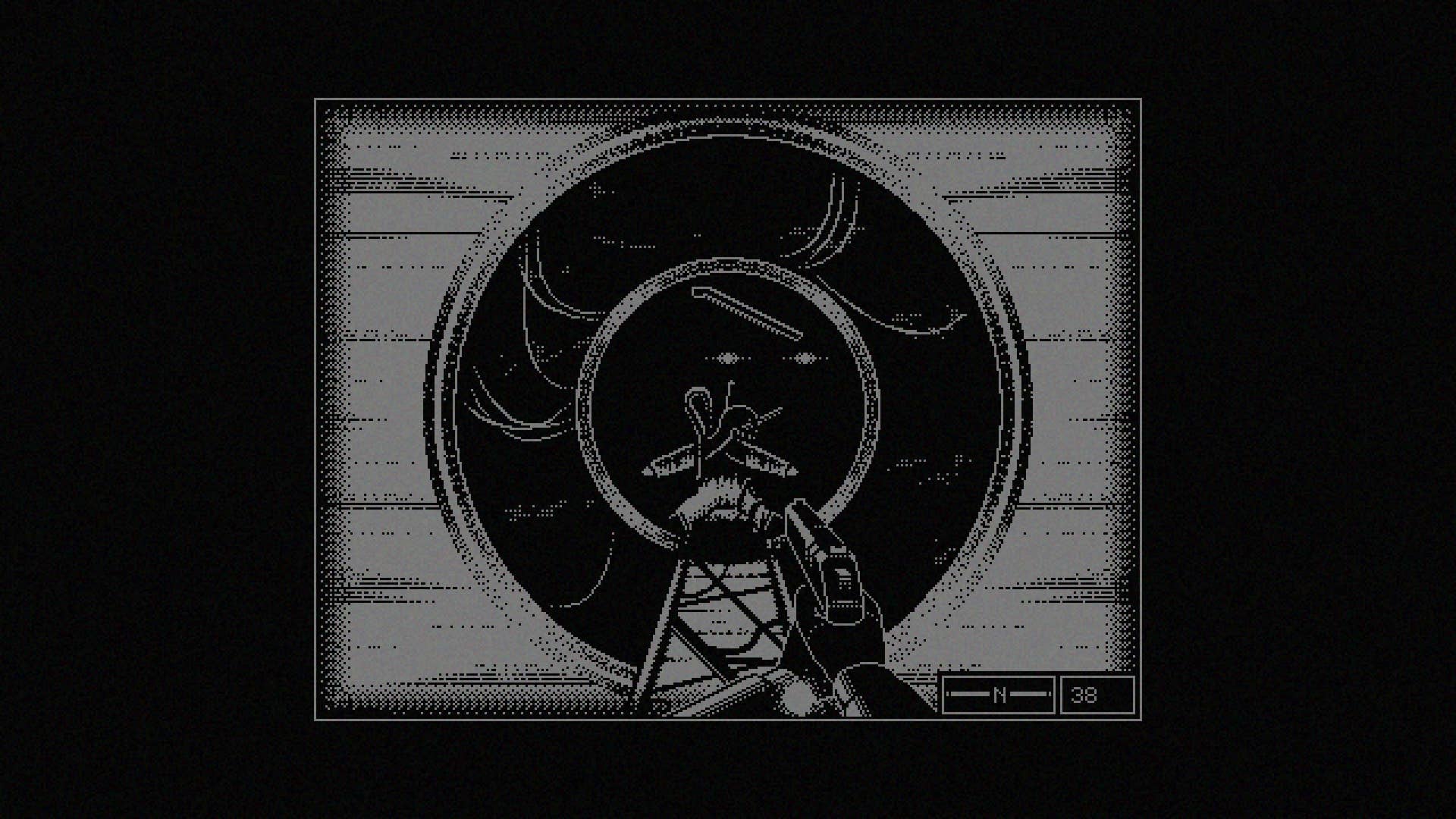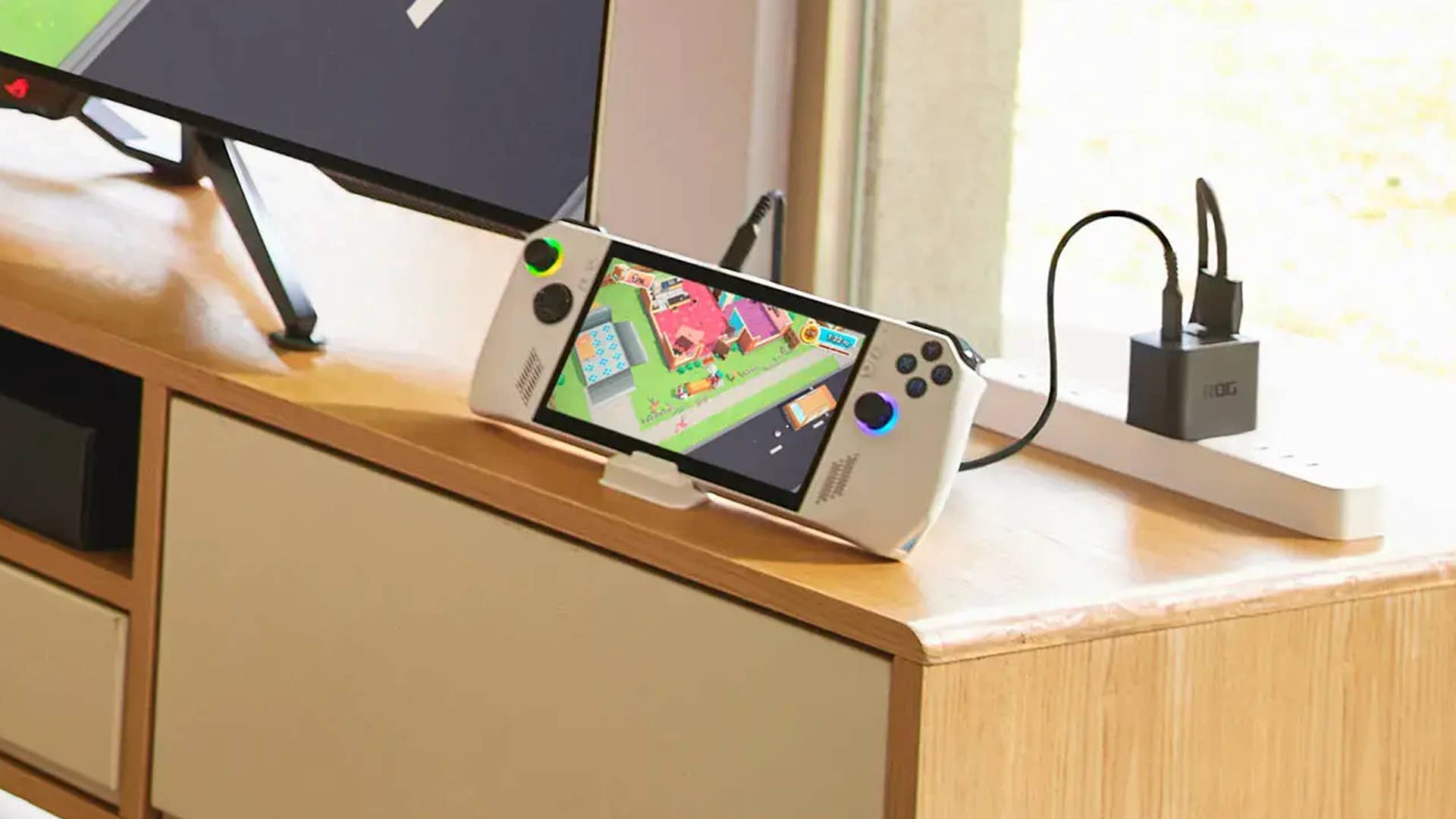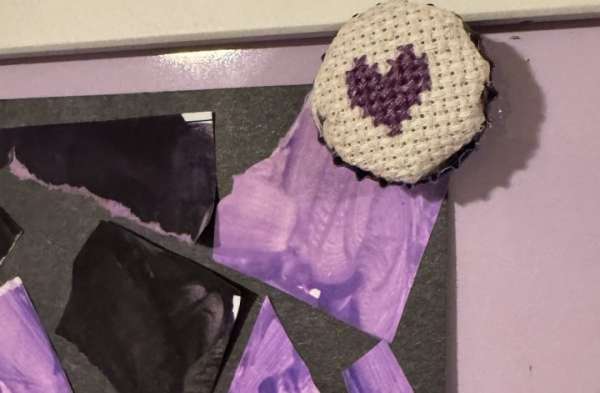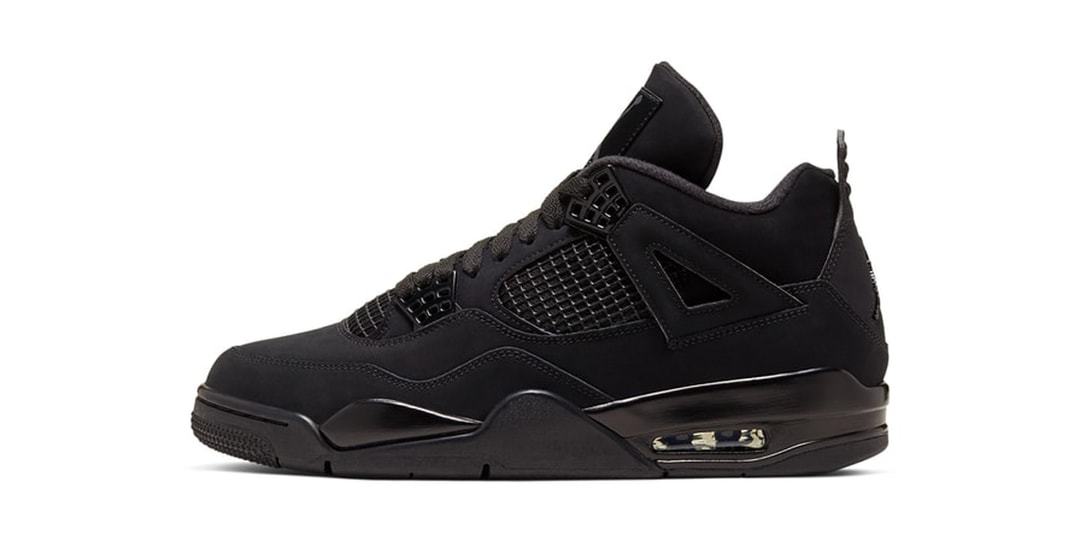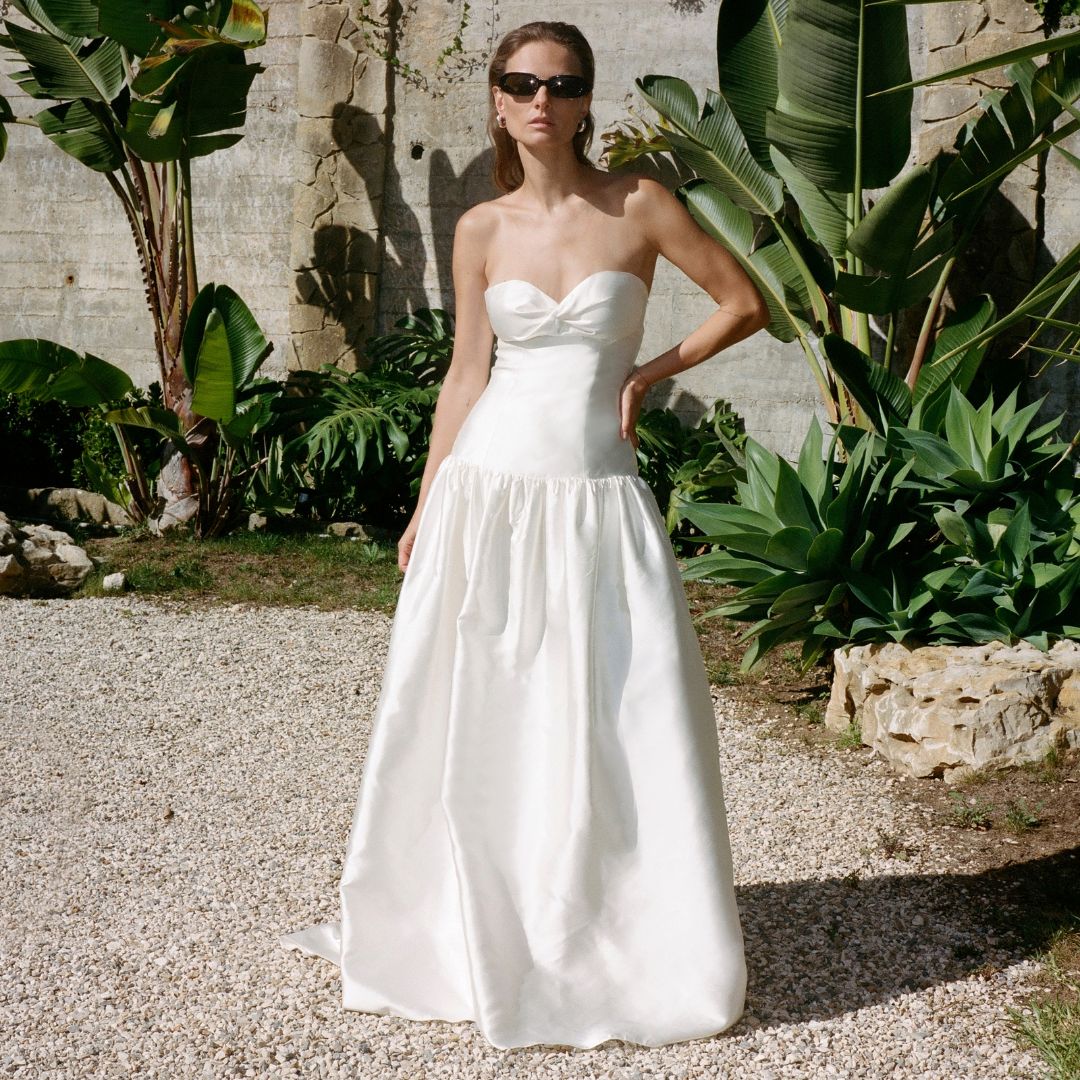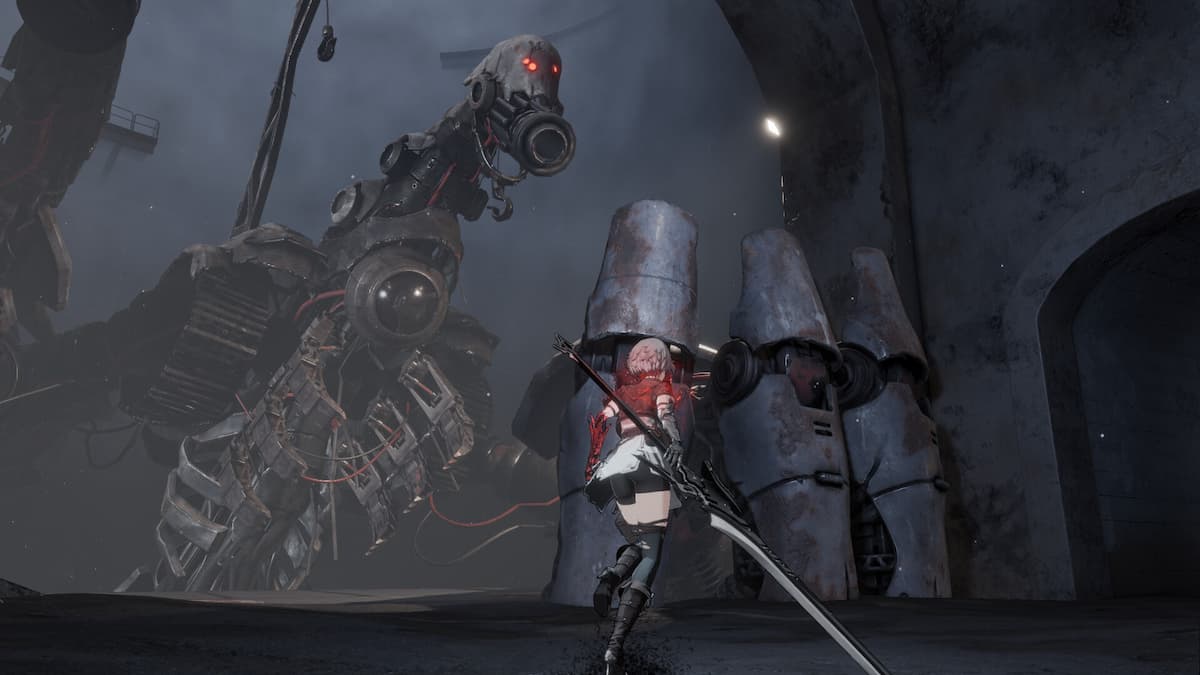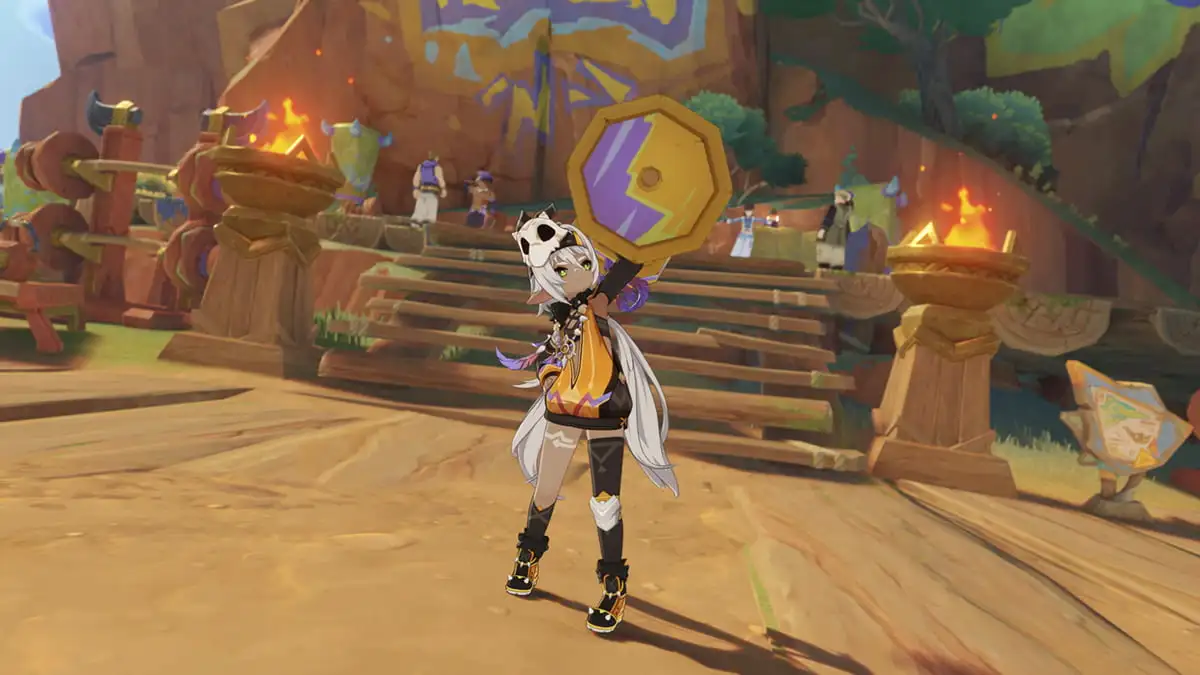From Battlefield to Tarkov: How gun customization has changed gaming
It was just as I was deciding between the 10.3-inch carbine barrel and a 16-inch rifle barrel for my fancy new M4A1 build in Single-Player Tarkov that it struck me just how far gun customization has come in video games. But how? Why? Where did it all come from? The younger folks among us might find it strange to discuss the current, borderline fetishistic approach to weapon customization and gear fine-tuning as it's absolutely become the default way to play a tactical shooter, for example. But this wasn't always the case, and I specifically remember having my mind blown by the ability to switch between different attachments in Crysis. Or, say, the option to equip a single (!) shoddy silencer or optic to a gun in the old, classic Modern Warfare. To come from that to the likes of Escape From Tarkov is nothing short of mind-boggling. True enough, one shouldn't disregard the fact that many video games only let us interact with them via gunfire: everything looks like a nail when you're a hammer, after all. The trend of weapon adoration in certain modern countries, too, ought to be kept in mind, but those are two different cans of two different types of worms, and I'm not going to muck about with them this time around. Instead, I'm most interested in figuring out just why on earth weapons at large and firearms, specifically, are such a natural fit for video games. Furthermore, why are we so intent on complicating firearms in video games? What merit is there in allowing us to choose grips, charging handles, and magazine types when they all do precisely the same thing? We've got to start from the beginning, though. Screenshot via Destructoid From one extreme to the other It's all too easy to forget that, once upon a time, your average first-person shooter didn't play host to about two dozen unique weapon platforms. What we would usually get, instead, was a small handful of BLUFOR (i.e. NATO) and OPFOR (i.e. Warsaw-pact) guns and gear attached to each opposing faction. Games such as ARMA were exceptions to the rule, and even the likes of Battlefield and Call of Duty settled for relatively small arsenals. And why wouldn't they? It was more than enough for the longest time, with minor weapon variations fitting into, say, specialist combat roles if necessary. Instead of letting your spec-ops run around with five different kinds of sub-gun, they'd get a short-barreled M4 or an MP5. Your marksmen, on the other hand, would get that same exact M4 with a scope and maybe an extended barrel if they got lucky. Think back to Call of Duty 2, for example, where every single Tommy gun was precisely the same. Compare and contrast that with 2017's Call of Duty: WW2, which inserted jury-rigged reflex sights and suppressors into historical combat theatre, and you get just how far we've come. The fact that the modern operational paradigm is being backported into scenarios where it wasn't present is fairly ridiculous in its own right, but it does illustrate my point rather well. The transition from extreme simplification to the absolutely egregious overcomplication we have today has been long, laborious, and (most importantly) extremely rewarding if you think about it. Please note that I'm not dissing gun customization in any sense: I enjoy these systems quite a lot. It's just that, once again, it feels quite funny to see the likes of Escape From Tarkov being as popular as they are in the context of legacy tactical shooters. Image via Activision Itemization, itemization, itemization (and some RPGification) Thinking about all this, I actually believe the modern shooters' penchant for extreme gear modification is tied up with an entirely different yet related gaming trend: RPGification. In fact, it kind of stems from the same source if you squint hard enough. Though one might claim trends were pointing this way ahead of time, it really was Call of Duty 4: Modern Warfare that kinda-sorta kickstarted both a forced inclusion of RPG features (progression, unlocks, etc.) into virtually any game. Coincidentally, it was also the first COD to let you add a doodad to your guns, which is the whole point of this article. When Modern Warfare took the gaming world by storm, and Modern Warfare 2 subsequently doubled down on both RPG progression mechanics and weapon customization, the rest was history. Now, I get to strip guns almost down to the firing pin in Escape From Tarkov. It's the natural progression of things. All jokes and cheekiness aside, it'd be silly not to admit that a huge chunk of Escape From Tarkov takes its cues from proper RPGs. Between inventory management, loot mechanics, gear maintenance, and the Flea Market, the influence of Diablo and other such games is felt wherever you look. Heck, depending on how proficient you are, the actual tactical gunplay might not even be the most important part of the experience to you (anymore). Image via BSG All life turns into crab, all games turn into RPGs Ubi
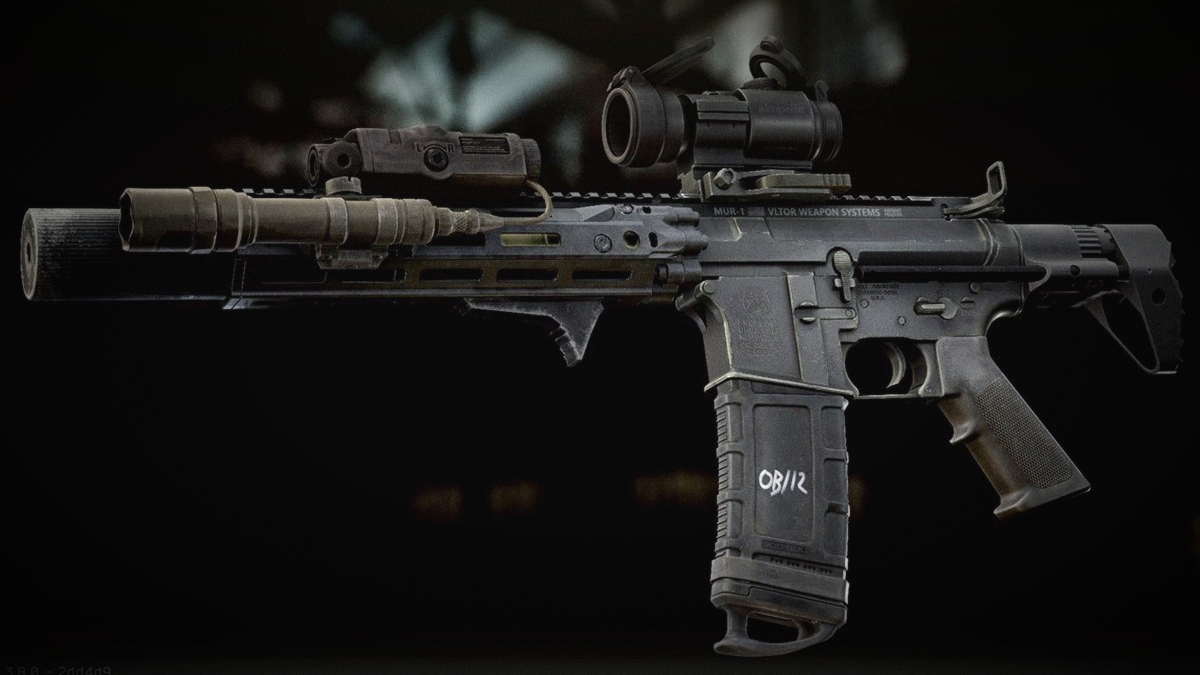

It was just as I was deciding between the 10.3-inch carbine barrel and a 16-inch rifle barrel for my fancy new M4A1 build in Single-Player Tarkov that it struck me just how far gun customization has come in video games. But how? Why? Where did it all come from?
The younger folks among us might find it strange to discuss the current, borderline fetishistic approach to weapon customization and gear fine-tuning as it's absolutely become the default way to play a tactical shooter, for example. But this wasn't always the case, and I specifically remember having my mind blown by the ability to switch between different attachments in Crysis. Or, say, the option to equip a single (!) shoddy silencer or optic to a gun in the old, classic Modern Warfare. To come from that to the likes of Escape From Tarkov is nothing short of mind-boggling.
True enough, one shouldn't disregard the fact that many video games only let us interact with them via gunfire: everything looks like a nail when you're a hammer, after all. The trend of weapon adoration in certain modern countries, too, ought to be kept in mind, but those are two different cans of two different types of worms, and I'm not going to muck about with them this time around.
Instead, I'm most interested in figuring out just why on earth weapons at large and firearms, specifically, are such a natural fit for video games. Furthermore, why are we so intent on complicating firearms in video games? What merit is there in allowing us to choose grips, charging handles, and magazine types when they all do precisely the same thing? We've got to start from the beginning, though.

From one extreme to the other
It's all too easy to forget that, once upon a time, your average first-person shooter didn't play host to about two dozen unique weapon platforms. What we would usually get, instead, was a small handful of BLUFOR (i.e. NATO) and OPFOR (i.e. Warsaw-pact) guns and gear attached to each opposing faction. Games such as ARMA were exceptions to the rule, and even the likes of Battlefield and Call of Duty settled for relatively small arsenals.
And why wouldn't they? It was more than enough for the longest time, with minor weapon variations fitting into, say, specialist combat roles if necessary. Instead of letting your spec-ops run around with five different kinds of sub-gun, they'd get a short-barreled M4 or an MP5. Your marksmen, on the other hand, would get that same exact M4 with a scope and maybe an extended barrel if they got lucky.
Think back to Call of Duty 2, for example, where every single Tommy gun was precisely the same. Compare and contrast that with 2017's Call of Duty: WW2, which inserted jury-rigged reflex sights and suppressors into historical combat theatre, and you get just how far we've come. The fact that the modern operational paradigm is being backported into scenarios where it wasn't present is fairly ridiculous in its own right, but it does illustrate my point rather well.
The transition from extreme simplification to the absolutely egregious overcomplication we have today has been long, laborious, and (most importantly) extremely rewarding if you think about it. Please note that I'm not dissing gun customization in any sense: I enjoy these systems quite a lot. It's just that, once again, it feels quite funny to see the likes of Escape From Tarkov being as popular as they are in the context of legacy tactical shooters.

Itemization, itemization, itemization (and some RPGification)
Thinking about all this, I actually believe the modern shooters' penchant for extreme gear modification is tied up with an entirely different yet related gaming trend: RPGification. In fact, it kind of stems from the same source if you squint hard enough.
Though one might claim trends were pointing this way ahead of time, it really was Call of Duty 4: Modern Warfare that kinda-sorta kickstarted both a forced inclusion of RPG features (progression, unlocks, etc.) into virtually any game. Coincidentally, it was also the first COD to let you add a doodad to your guns, which is the whole point of this article.
When Modern Warfare took the gaming world by storm, and Modern Warfare 2 subsequently doubled down on both RPG progression mechanics and weapon customization, the rest was history. Now, I get to strip guns almost down to the firing pin in Escape From Tarkov. It's the natural progression of things.
All jokes and cheekiness aside, it'd be silly not to admit that a huge chunk of Escape From Tarkov takes its cues from proper RPGs. Between inventory management, loot mechanics, gear maintenance, and the Flea Market, the influence of Diablo and other such games is felt wherever you look. Heck, depending on how proficient you are, the actual tactical gunplay might not even be the most important part of the experience to you (anymore).

All life turns into crab, all games turn into RPGs
Ubisoft games really are the best examples of genre-melding we've got nowadays, and you don't even need to look far ahead to exemplify the point I'm trying to make here. The Division and Ghost Recon games are two sides of the same coin, one leaning more heavily towards the tactical shooter angle, while the other wants to be a Diablo with guns set in modern-day mid-apocalyptic America. Fun stuff, that.
My point is that whereas virtually everyone is talking about the constant RPGification of game progression systems and hybridization of genres, gun customization has just sort of crept in by the backdoor.
Look at it this way: what do gun attachments actually do in a game? Why do you need half a dozen different flashlights, aim modules, and a sub-classification of reflex sights in a twitch-shooter? Because it's fun. It's plain old fun to kit out a fancy gun with a specific kind of suppressor and a specific kind of sight that's hardly different than Eotech's old 553. And the more specific you can get with your tweaking and fine-tuning, the more satisfying it gets. It's your gun, you made it.
Instead of farming, combining, and attaching runes in Diablo 2: Lord of Destruction, I'm repeatedly doing Labs runs in Single-Player Tarkov to fund an ever-growing number of questionably varied AR-15 builds in my inventory. I sometimes struggle to see the difference.
We all play games for different reasons, of course, but I genuinely think that modern gun customization taps into the same monkey/lizard parts of our brains as the classic "number go up" progression systems do. It's micro-management, loot procurement, and customization, all wrapped into the same umbrella feature. It really should come as no surprise that every modern (realistic) shooter worth its salt comes with more guns and attachments than entire franchises previously had. It's not a bad thing at all, but it's interesting to think about, and makes you wonder what might come next.
The post From Battlefield to Tarkov: How gun customization has changed gaming appeared first on Destructoid.






























